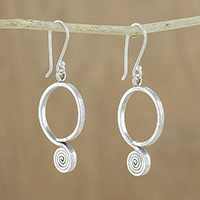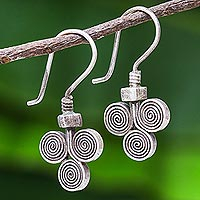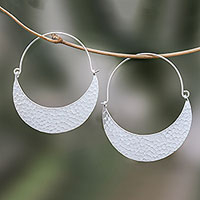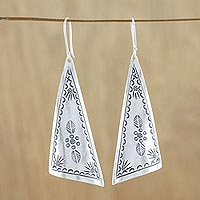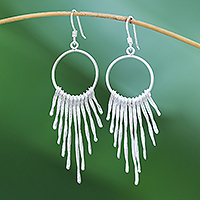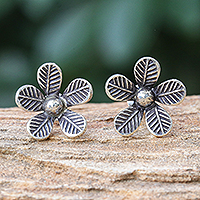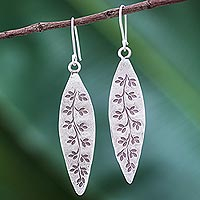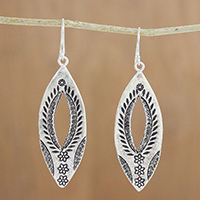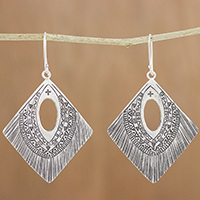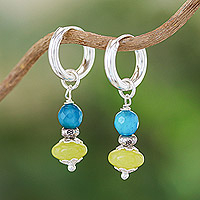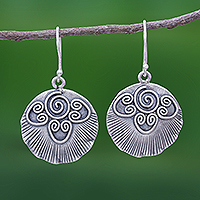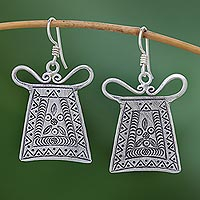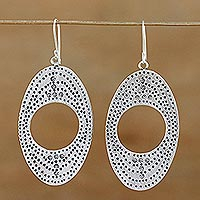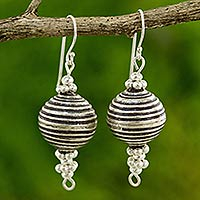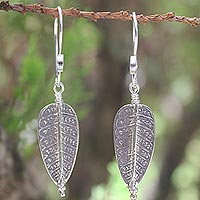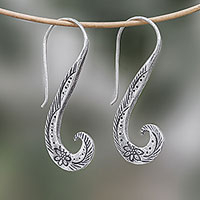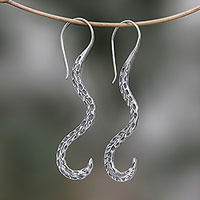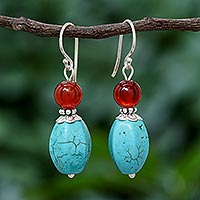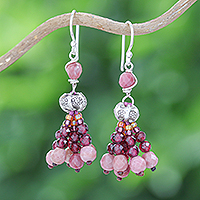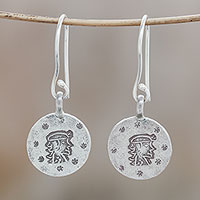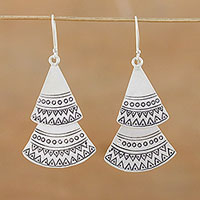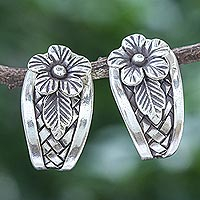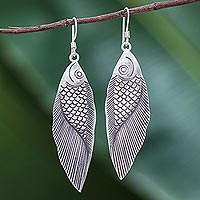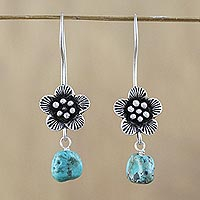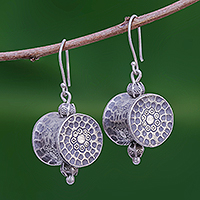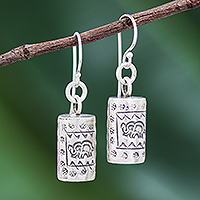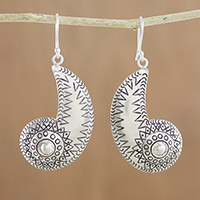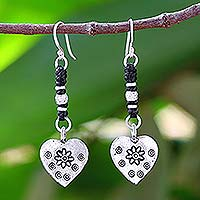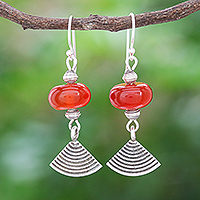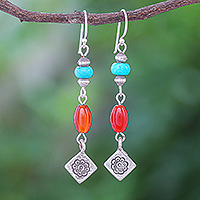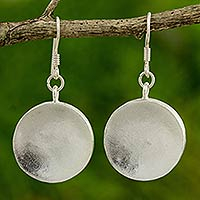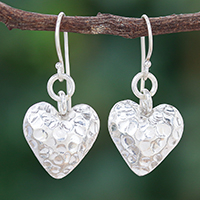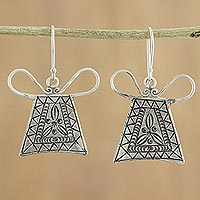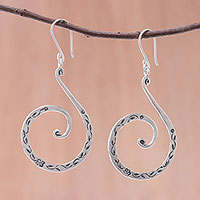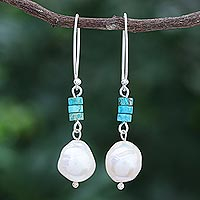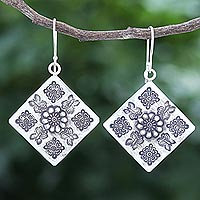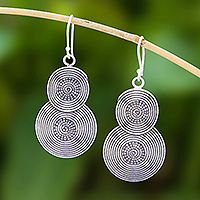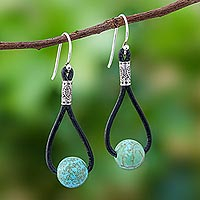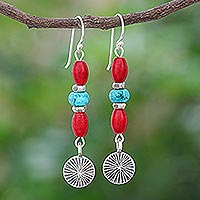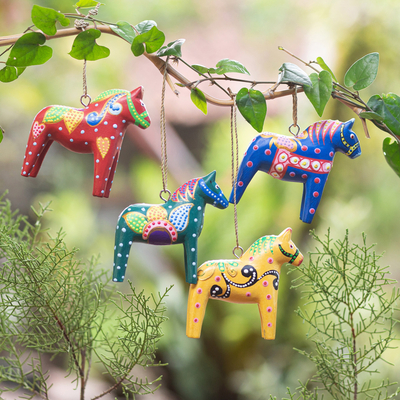-
-
Regalos Únicos

5,000 of our very best gifts
organized by recipients & interest -
Cajas de Regalo Curadas

Nuestros expertos han reunido
lo mejor de los conjuntos de regalo para ti -
Construye tus propios conjuntos de regalo

Te ayudaremos a construir tus propios
increíbles conjuntos de regalo -
Regalos Express
¡Recíbelos en 2-4 días hábiles!

-

Tarjetas de Regalo
Todos los aman

-
-
-
- All Joyeria
-
- All Joyas para mujeres
- Pendientes
- Pulseras
- Collares
- Anillos
- Conjuntos de joyería
- Tobillos
- Colgantes
- Broches
- Anillos para los dedos del pie
- Puños de oreja
- Almacenamiento de joyas
-
-
-
- Con temática animal
- Piedras de nacimiento
- Bohemia
- Joyas de novia
- Ecológico
- Floral
- Corazones
- Tribu de la colina
- Chakra
-
-

-
- All Moda
-
- All Moda de Mujer
- Sweaters
- Blouses
- Ponchos
- Túnicas
- Vestidos
- Pantalones
- Batas
- Faldas
- Envolturas y Ruanas
- Chaquetas y Abrigos
-
-
-
- All Bolsos
- Bolsos de hombro
- Totes
- Carteras de mano
- Bandoleras
- Bolsos de cuero
- Bolsos de algodón
- Bolsos reciclados
- Bolsas de viaje
- Bolsas de yoga
-
-

-
- All Hogar
-
- All Accesorios para el hogar
- Juegos y Rompecabezas
- Cofres Decorativos
- Papelería
- Instrumentos Musicales
- Marcos de fotos
- Jarrones
- Catchalls y Bandejas
- Acentos para el hogar
- Gadgets y Equipos
- Decoración festiva y adornos
- Herrajes decorativos
- Suministros para mascotas
-
- All Mobiliario para el hogar
- Alfombras
- Muebles
- Hamacas
- Lámparas e Iluminación
- Espejos
- Exterior
- Cojines y Mantas
- Paneles de relieve
- Tapices
- Decoración de pared
- Máscaras
- Escultura y tallas
-
-
-
-

-
- All Pinturas
-
- Pinturas Abstractas
- Pinturas Cubistas
- Pinturas Realistas
- Pinturas Impresionistas
- Pinturas Expresionistas
- Pinturas Naif
- Moderno y Libre
- Pinturas Surrealistas
- Fotografía
- Imprimir
-
- Personas y Retratos
- Naturaleza Muerta
- Paisajes
- Paisajes Marinos
- Flores y Plantas
- Animales
- Desnudos artísticos
- Danza y Música
- Religioso y Espiritual
-
- Multicolores
- Azul o Morado
- Colores Primarios
- Naranja o Amarillo
- Tonos Tierra
- Rojo o Rosa
- Negro o Gris
- Verde
- Blanco y Negro
-
-

-
- Care for Children
- Empower Women
- Enable Education
- Overcome Adversity
- Overcome Cancer
- Preserve Traditions
- Support Conservation
- Support Microcredit Borrowers
- Uplift Communities
- Work with Disabilities
-


-
-
 Explore, Empower, Impact
Explore, Empower, Impact
- Our Mission
- Our Values
- Our Story
- NOVICA & Fair Trade
- Happiness Projects
-
-
- Blog
- Artisan Subscription Box
-
-
 Call 1-877-266-8422
Call 1-877-266-8422
- FAQ
- Order Tracking
- Returns
- Contact us
-
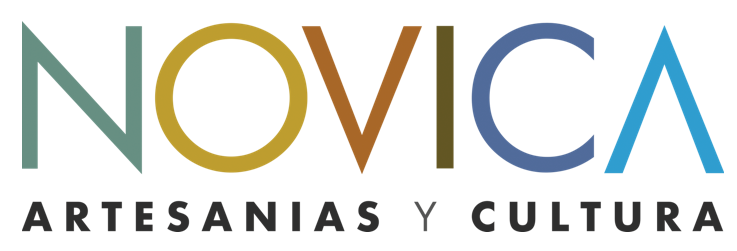

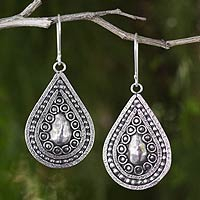
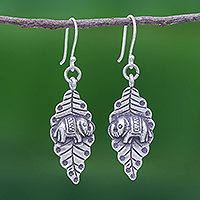 Bestseller
Bestseller
 Bestseller
Bestseller
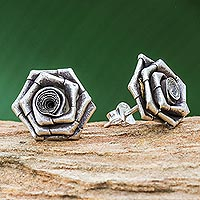
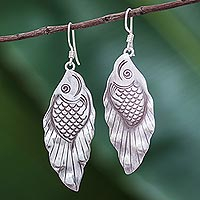
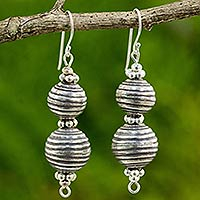
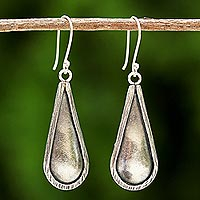
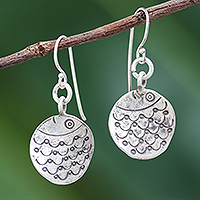
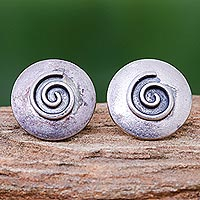

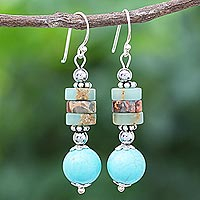
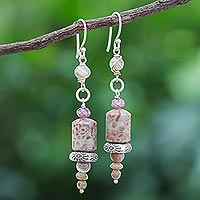
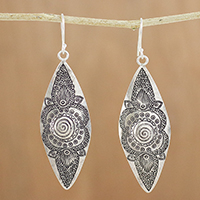 Bestseller
Bestseller
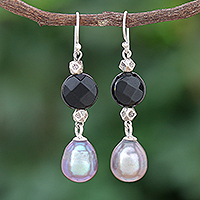
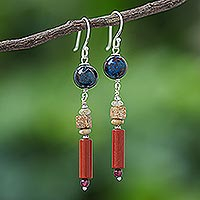
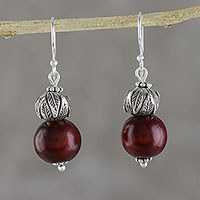
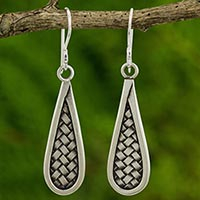
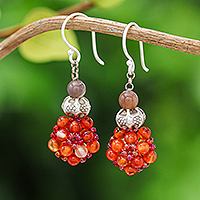
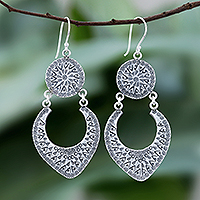
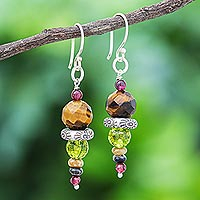
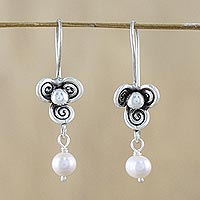 Featured Sale
Featured Sale
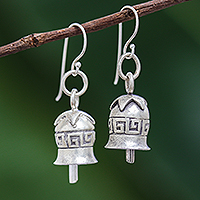
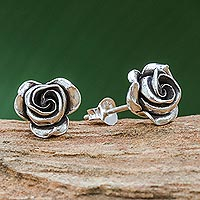 Bestseller
Bestseller
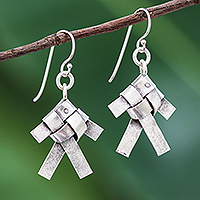
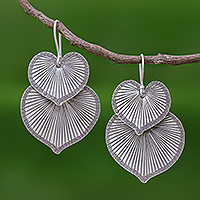
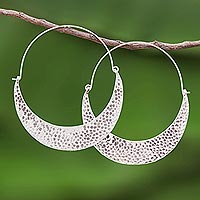 Bestseller
Bestseller
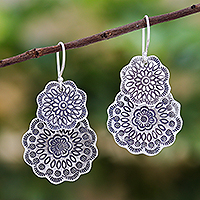
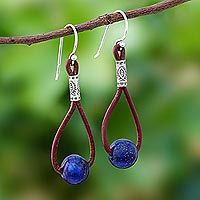
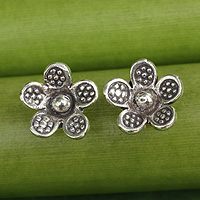
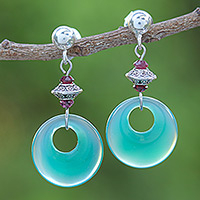 Bestseller
Bestseller
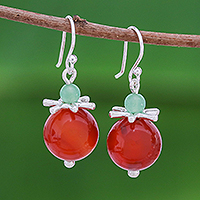
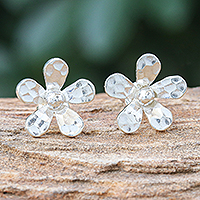
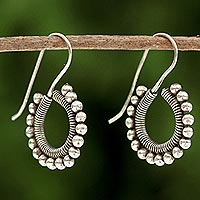
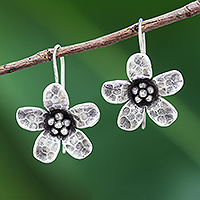 Bestseller
Bestseller
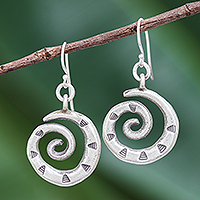
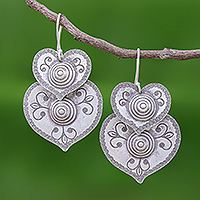
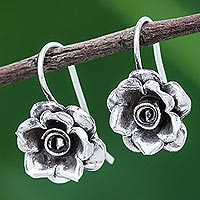
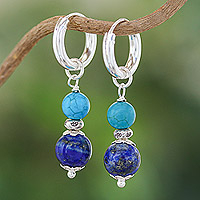
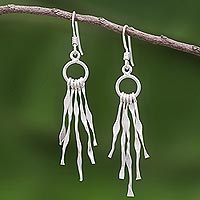
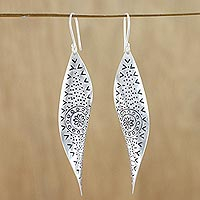 Bestseller
Bestseller
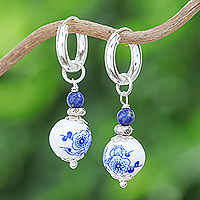
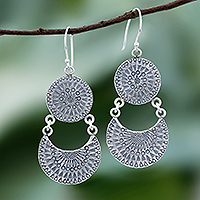
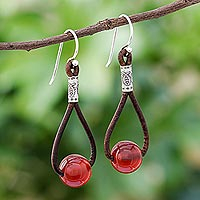
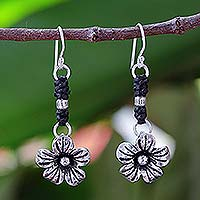 Featured Sale
Featured Sale
